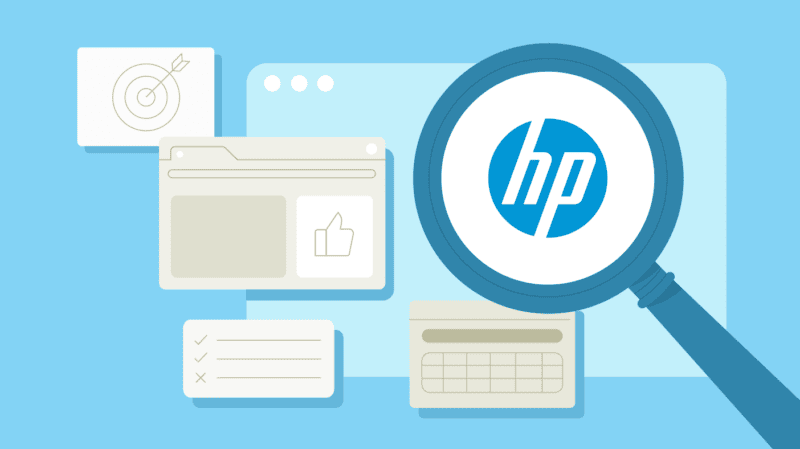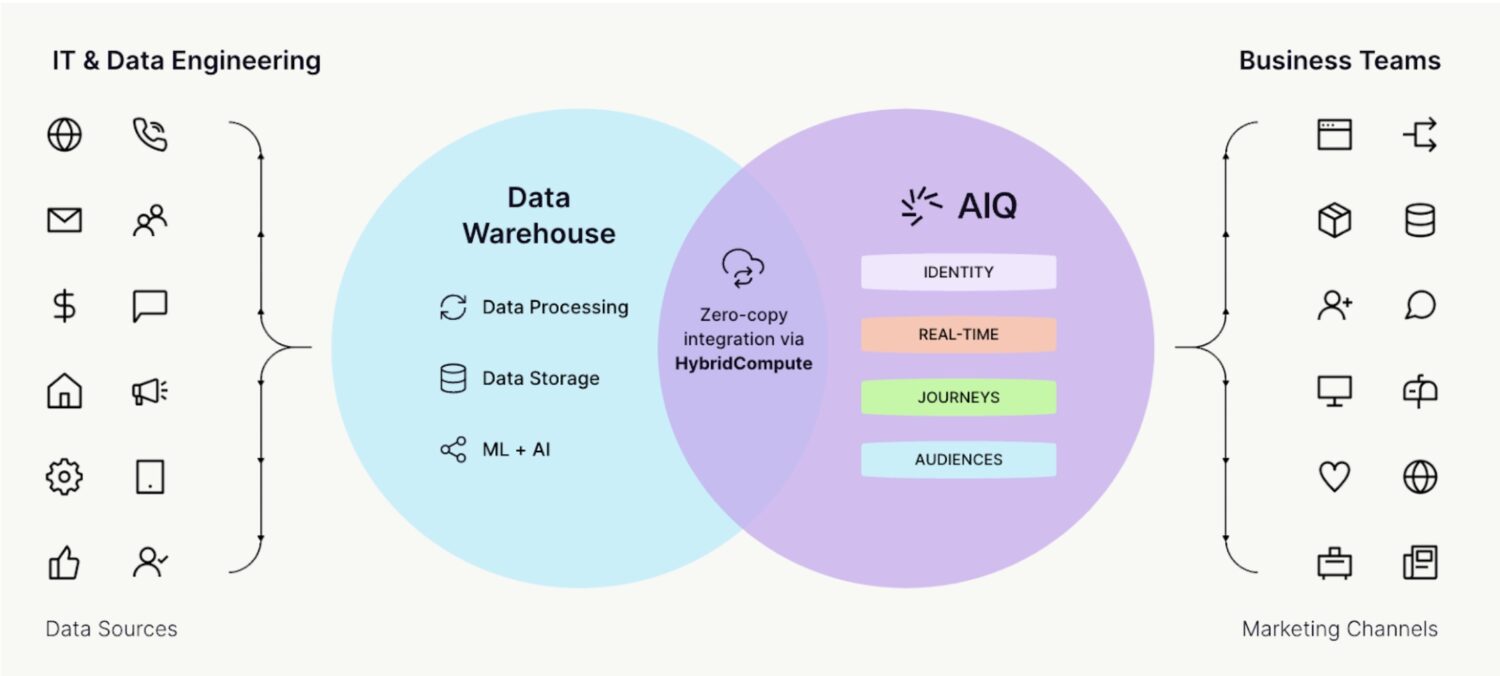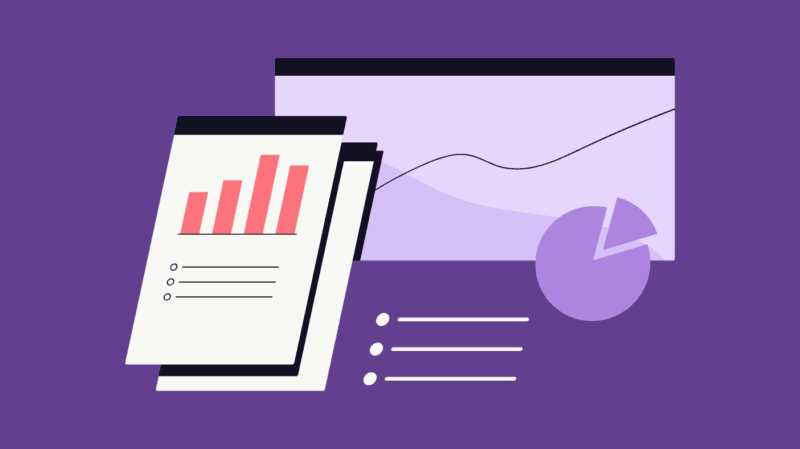How HP Queries 400 Million Records in Seconds After a Composable CDP Proof of Concept

Like many brands, the deprecation of third-party cookies gave leading technology brand HP food for thought about their tech stack.
How does this new acquisition paradigm affect a brand’s digital ecosystem at large? How do brands design a tech stack that provides the flexibility to adapt to market changes?
For HP, this was a major catalyst for technical change, with taking control of their first-party data being a core goal.
The Data team at HP knew it was time to shift their infrastructure to a first-party foundation – moving away from cookie-based data and unlocking their vast CRM of owned data for activation. That’s why they partnered with ActionIQ to test out the Composable CDP with a proof of concept (POC), and specifically tried on ActionIQ HybridCompute – architecture that flexibly connects to a brand’s existing warehouse investment, with a hybrid deployment that gives ultimate optionality with their Databricks Lakehouse.
We talked to Kumar Ram, VP, Global Head of Marketing Data and Sciences at HP, to hear how HP succeeded with ActionIQ’s POC with Databricks, along with key technical requirements and success criteria.
How ActionIQ Enables Easy POCs With a Composable CDP
Unlike traditional CDP vendors that require data to be pulled into the CDP, ActionIQ’s composable architecture can map to existing data sources like Snowflake or Databricks, making setup a breeze.
All you have to do is bring your data from an existing cloud data warehouse like Snowflake, Databricks, BigQuery or AWS, and watch as a simple marketer-friendly interface gets quickly mapped directly to the data where it lives — no data copy required.
This process takes only minutes to complete, and allows business users to test self-service audience building and journey mapping, and data teams to test and validate queries natively pushing down to their existing data warehouse investment.

How HP Launched a Composable CDP Proof of Concept With ActionIQ
For HP’s proof of concept with ActionIQ, all they needed to do was connect ActionIQ to their Databricks Data Lake. They talked through the process and expected to generate long-term value – operationalizing the CDP across the enterprise while reducing manual data work.
They needed a customer experience partner that would enhance their stack by working seamlessly with these systems without the headache and lengthy process of a complex integration. They use Databricks and Azure as the foundation for their data stack.
Why HP Chose to POC ActionIQ HybridCompute With Databricks
HP built an enterprise Customer Data Platform Federated Data Lake (FDL) which stores data from various sources and uses Databricks to bring data from different systems into the FDL (registration, support, website, telemetry, etc.). They wanted to be able to seamlessly utilize data from the FDL in a governed way, sending only the required fields to ActionIQ for the marketing team to create audiences. At the same time, they wanted to eliminate the heavy lifting previously required of the data sciences team to consolidate and pull data from HP internal assets for marketing activation. This is where ActionIQ HybridCompute came in.
“We were using extremely expensive resources to do data integration and collection which was not a good choice. The answer there was not having to move the data or make multiple copies of it. This is the key value prop that HybridCompute brought. Thankfully for us at HP, we had our IT organization already creating the building blocks by moving all our customer data into Databricks. All we had to do was layer in the ActionIQ CDP on top of it using its HybridCompute architecture.”
HP saw a critical opportunity to leverage the flexibility that comes with a composable strategy – having the optionality to store data in either Databricks or ActionIQ. Ram explains, “When we think about the hybrid aspect of it, there is always going to be enterprise-owned data, data that needs to be secure and protected, like consent or telemetry data. So typically, this would live in Databricks. In a media context we work with external vendors to enrich data but we wouldn’t necessarily push all this third-party data into our data warehouse. That’s where we see the value of bringing some of those data elements directly into ActionIQ – combining that with the data already in Databricks to create segments.”
Key Criteria for HP’s POC with ActionIQ
With the volume of data that HP has, it needed a solution that would act fast and maintain security in their infrastructure. Here’s a look at some of their key criteria.
- Performance of queries. Queries are pushed real time on millions of records. They needed to be able to query massive amounts of data in real time.
- Security. For any brand, security is non-negotiable in their data stack. HP needed a solution with security and hashing/encryption to prevent any data leaks.
- Data governance. HP needed a solution with strict data governance. For them, this meant only exposing the necessary fields and tables (not all of the data) to their marketers for self-service access, and no storage or physical movement of data anywhere.
- Not restricted to specific user IDs. HP was looking for a Databricks connector and setup that isn’t restricted to specific user IDs. The connector should be tied to the project, and not the user.
Learnings and Results from HP’s POC With ActionIQ
When the team at HP plugged ActionIQ into Databricks and got started with the composable CDP proof of concept, they wanted to make sure they could improve query performance securely, and connect easily to their Databricks environment. They were able to set up the Databricks connector with host, port and token in a straightforward way, and without any glitches. On the technical side, they found that they could create “teams” in the workspace, and assign roles to different team members – meeting their criteria about controlling access to data for their team. In the POC, they were able to configure sources with catalog, schema and table names in a straightforward way.
Now, their audience queries are faster than ever before – querying 400 million records in just seconds. As a result the team has been able to achieve overall faster use case deployment without any change management or data pipelining work required. This has enabled the data sciences team to shift their focus more on insights instead of time-consuming data management.
Sync in Minutes, Scale for Years With a Composable CDP Proof of Concept
With ActionIQ’s composable architecture, brands like HP who work with Databricks can get started quickly. Your CDP investment is too important to leave up to chance, especially with all the change going on in this environment (think third-party cookie deprecation).
Choose a partner that helps you scale with a flexible infrastructure for IT and data teams, and a self-service, real time, revenue-generation CX partner for your marketing and customer experience teams.
Reach out today to get started with a POC.





